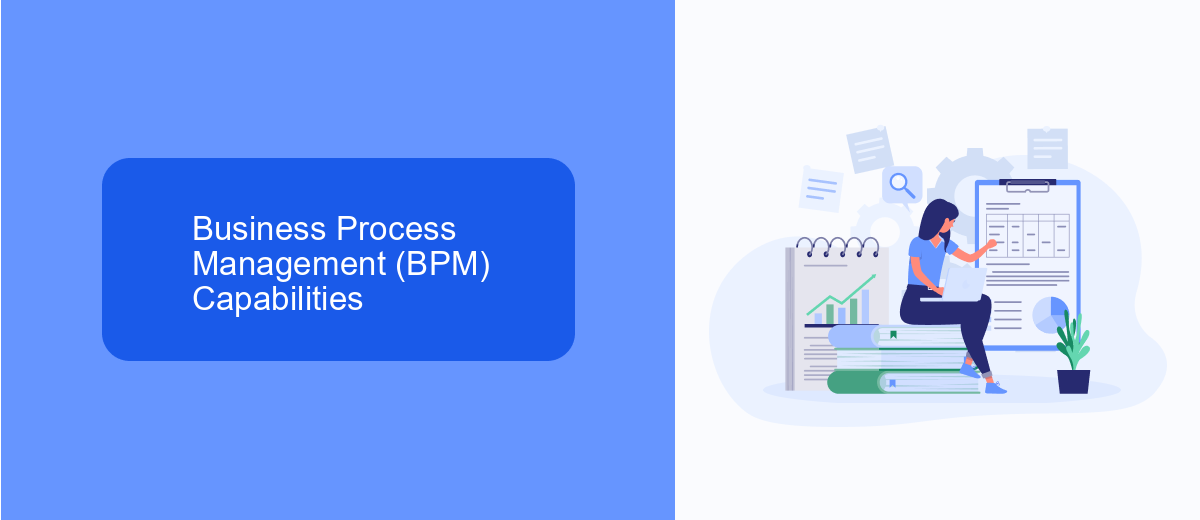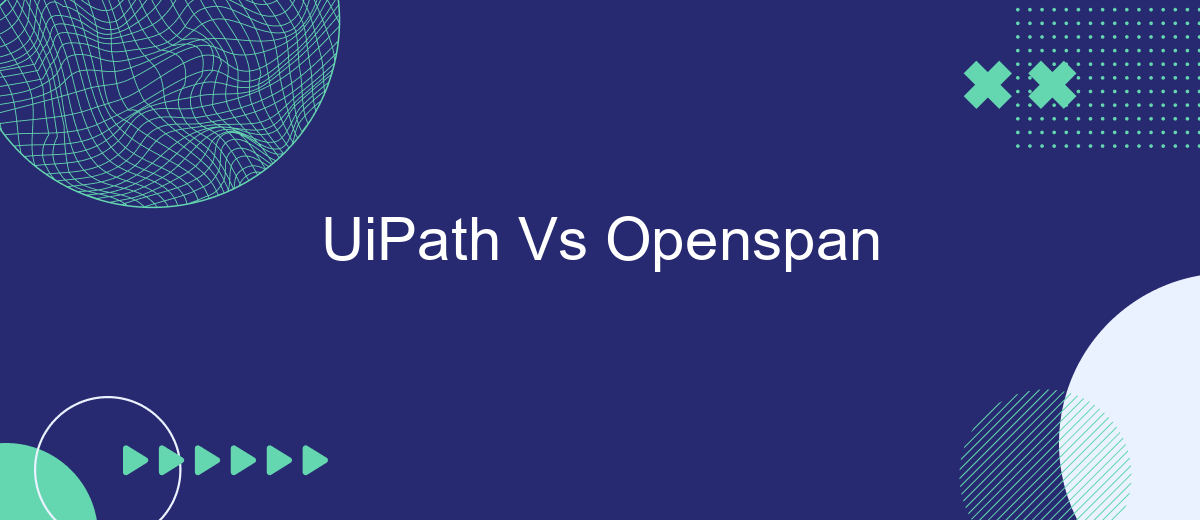When it comes to Robotic Process Automation (RPA), UiPath and OpenSpan are two leading platforms that businesses often consider. Both offer robust solutions for automating repetitive tasks, improving efficiency, and reducing human error. However, they differ in features, ease of use, and integration capabilities. This article will compare UiPath and OpenSpan to help you determine which is the best fit for your organization's needs.
Introduction
Automation has become a crucial element in modern business operations, enhancing efficiency and reducing manual effort. Two prominent players in the automation industry are UiPath and OpenSpan, each offering unique features and capabilities. Understanding the differences between these platforms can help businesses choose the right solution for their needs.
- UiPath: Known for its user-friendly interface and robust community support.
- OpenSpan: Offers deep integration with desktop applications and strong analytics capabilities.
Both UiPath and OpenSpan have their strengths and weaknesses, making them suitable for different types of automation tasks. For businesses looking to streamline their integration processes, services like SaveMyLeads can be invaluable. SaveMyLeads simplifies the connection between various applications, making it easier to automate workflows and improve overall productivity.
Business Process Management (BPM) Capabilities

When comparing UiPath and OpenSpan in terms of Business Process Management (BPM) capabilities, both platforms offer robust solutions to streamline and automate complex workflows. UiPath provides a comprehensive suite of tools for designing, deploying, and managing automated processes. Its user-friendly interface and extensive library of pre-built activities enable businesses to quickly implement automation without extensive coding. UiPath also supports integration with various third-party applications and services, enhancing its flexibility and scalability in managing business processes.
OpenSpan, now part of Pega Systems, focuses on desktop automation and workforce intelligence. It excels in integrating with legacy systems and providing real-time analytics to optimize business operations. OpenSpan's BPM capabilities are designed to improve employee productivity by automating repetitive tasks and providing insights into process efficiencies. For businesses seeking to integrate multiple applications seamlessly, services like SaveMyLeads can be invaluable. SaveMyLeads facilitates the automation of data transfer between different platforms, ensuring smooth and efficient workflow integration, which complements the BPM capabilities of both UiPath and OpenSpan.
Technical Features and Architecture

When comparing UiPath and OpenSpan, it is essential to examine their technical features and architecture to determine which platform best suits your automation needs. Both platforms offer robust capabilities, but they differ in several key aspects.
- Development Environment: UiPath provides a user-friendly, drag-and-drop interface within its Studio, making it accessible for users with varying levels of technical expertise. OpenSpan, on the other hand, integrates with Visual Studio, offering a more code-centric approach.
- Integration Capabilities: UiPath boasts extensive integration options with various third-party applications and services, including SaveMyLeads, which simplifies the process of connecting different systems and automating workflows. OpenSpan also supports integration but often requires more custom development.
- Orchestration and Scalability: UiPath's Orchestrator enables seamless management of automated processes, providing advanced scheduling, monitoring, and analytics features. OpenSpan offers similar capabilities through its Management Console, although it may require additional configuration.
In conclusion, UiPath and OpenSpan each have unique strengths in terms of technical features and architecture. UiPath's user-friendly interface and extensive integration options, including services like SaveMyLeads, make it a versatile choice for many organizations. OpenSpan's integration with Visual Studio may appeal to those who prefer a more code-centric development environment.
Pricing and Licensing

When comparing UiPath and OpenSpan, understanding their pricing and licensing models is crucial for making an informed decision. Both platforms offer flexible options tailored to different business needs, but they have distinct approaches.
UiPath provides a subscription-based pricing model with various tiers, including Community, Studio, and Enterprise editions. The Community edition is free for individual developers and small teams, while the Studio and Enterprise editions come with additional features and support, priced based on the number of users and robots.
- Community Edition: Free
- Studio Edition: Paid, based on user licenses
- Enterprise Edition: Custom pricing based on scale
OpenSpan, now part of Pega, typically offers custom pricing tailored to the specific needs of the organization. This often involves a detailed consultation to determine the best licensing strategy. Both UiPath and OpenSpan may require additional costs for integration services, such as SaveMyLeads, to ensure seamless connectivity between various applications and systems.
Conclusion
In conclusion, both UiPath and OpenSpan offer robust solutions for robotic process automation (RPA), each with its unique strengths. UiPath excels in its user-friendly interface, extensive community support, and powerful orchestration capabilities. On the other hand, OpenSpan, now part of Pega, provides deep integration with CRM systems and is particularly strong in desktop automation. The choice between the two largely depends on the specific needs and existing infrastructure of your organization.
For businesses looking to streamline their integration processes, leveraging services like SaveMyLeads can be highly beneficial. SaveMyLeads simplifies the integration of various applications and services, ensuring seamless data flow and enhanced operational efficiency. By automating lead data transfers and other crucial workflows, companies can maximize the benefits of their RPA tools, whether they choose UiPath or OpenSpan. Ultimately, the right RPA solution will depend on your specific requirements, but integrating with complementary services like SaveMyLeads can provide a significant edge.


FAQ
What are the main differences between UiPath and OpenSpan?
Which tool is better for large-scale enterprise automation?
How do UiPath and OpenSpan handle integration with other systems?
What are the licensing and cost considerations for UiPath and OpenSpan?
Which tool has better support and community resources?
SaveMyLeads is a simple and effective service that will help you automate routine tasks and optimize business processes. Stop wasting time uploading leads from Facebook manually – you can do it automatically, saving a lot of time and money. Eliminate routine from workflows and achieve more with minimal investment of money, effort and human resources.
